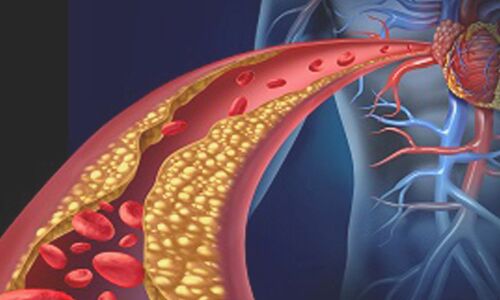
TAIWAN: A diagnostic method that uses video-based motion analysis (VMA) of a brief neck video clip may be able to identify carotid artery stenosis (CAS), according to research published in the Journal of the American Heart Association.
The early diagnosis of carotid artery stenosis may enhance patient outcomes because it is a common cause of ischemic stroke. Ultrasound, CT, and MRI are three examples of current diagnostic techniques that call for screening with specialized medical imaging tools and experts. Smartphone video analysis is non-intrusive and simple to use, thus it can present a chance to expand screening.
“If video captured on smartphones is a potential strategy to aid in accelerating and increasing stroke screening, further research is required to make that determination”, asserted Hsien-Li Kao, MD, an interventional cardiologist at National Taiwan University Hospital in Taipei, Taiwan
The authors aimed to assess and evaluate the usage of a VMA-based detection method for extracting relevant data from feeble skin surface pulses to diagnose carotid artery stenosis.
For this study, 202 patients who had received carotid Doppler ultrasounds in the past were prospectively included. A brief 30-second video clip of the neck was captured using a commercial mobile device, and the VMA software used mathematical quantification to examine the variations in the amplitude of the skin’s mobility in a blind way. Clearance values were set along with the VMA protocol in the first 40 participants i.e., the setup cohort and the remaining 162 participants validated these values i.e., the validation cohort.
Key findings of the study:
- In 202 individuals, 54% had CAS that was confirmed by ultrasonography.
- There were 20 patients in the setup cohort who had carotid artery stenosis and 20 who did not. 89 patients had and 73 patients did not have carotid artery stenosis, in the validation cohort.
- In the 109 individuals with carotid artery stenosis, isolated right-sided stenosis accounted for 31%, isolated left-sided stenosis for 27%, and bilateral stenosis accounted for 42%.
- Researchers discovered that the area under the curve of discrepancy values determined from VMA to distinguish between patients with and without carotid artery stenosis was 0.914.
- The study reveals that a cutoff value of 5.1 with a sensitivity and specificity of 87% was the most effective for screening for carotid artery stenosis based on VMA-derived discrepancy values.
“The video-based motion analysis is a quick and reliable screening method that can be used in routine medical care to quickly check for carotid artery stenosis. In the future, this method might be applied to remote applications or telemedicine”, the researchers wrote.
The unique noninvasive and noncontact VMA detection method may be used in future CAS assessment because it can reliably detect CAS, concluded the authors.
REFERENCE
Tsai CH, Huang CC, Hsiao HM, Hung MY, Su GJ, Lin LH, Chen YH, Lin MS, Yeh CF, Hung CS, Kao HL. Detection of Carotid Artery Stenosis Based on Video Motion Analysis for Fast Screening. J Am Heart Assoc. 2022 Sep 6;11(17):e025702. doi: 10.1161/JAHA.122.025702. Epub 2022 Aug 17. PMID: 35975739.
